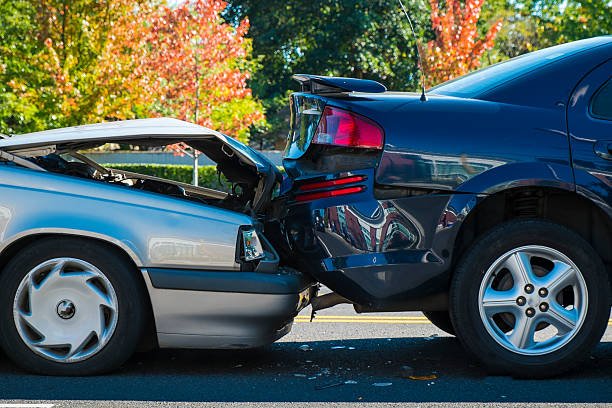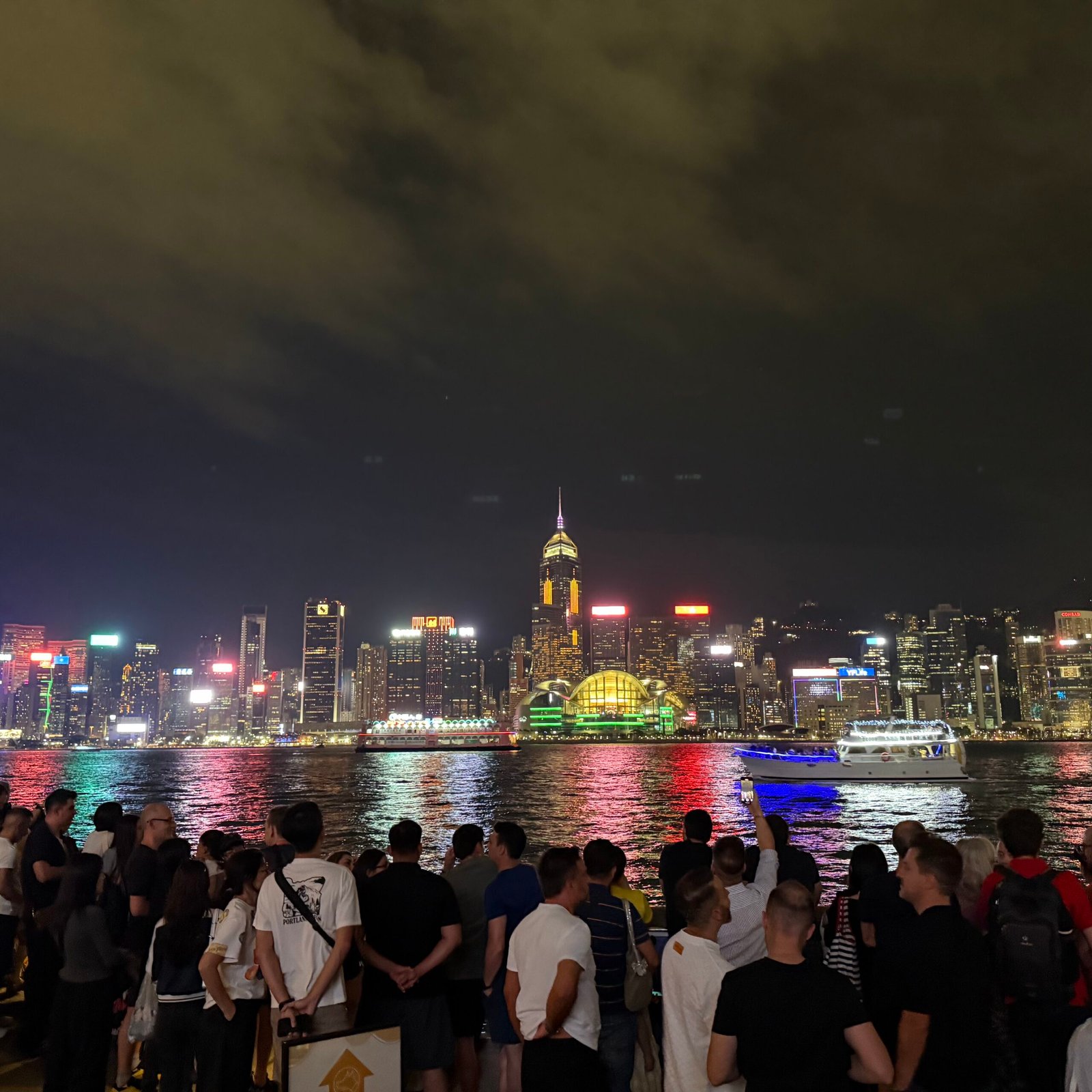For most of us, when travelling overseas, travel insurance is close to the top of the list of items we need to buy while preparing for our trip and is best purchased just after we’ve started spending money on bookings, whether they be for accommodation, flights or other methods of transport. Generally, we look for cover in case our plans get changed, our luggage gets lost or mislaid, we have a medical emergency overseas, and at worst provides repatriation if we get really sick (or even worse end up dead).
However, it’s still surprising how many people don’t buy travel insurance when travelling overseas, or fail to read the small print of what and when they are covered. So often, we read in the media about motorcycle accidents occurring and the rider had no insurance cover because they didn’t buy any, or they didn’t have the correct licence to ride overseas.
Why would we buy travel insurance when travelling within Australia? What’s the difference between a beautiful holiday destination that’s a two-hour flight away in Australia, rather than flying for a few more hours and being in an international destination? For many years, we never bought travel insurance when travelling domestically, but that changed when I realised I could have that insurance effectively free.
Free travel insurance, well not quite, but if you are hiring a vehicle then you can effectively have free travel insurance with a load of additional benefits, such as lost luggage, delays, ambulance costs (which your health insurance might not cover when you are interstate). In fact, depending on how long you’re away you can not only have free travel insurance, but you can also save money.
How you ask?

If you have hired a vehicle before when travelling you will know quite well that after your booking is made and you arrive at the desk to pick up your vehicle the nice desk assistant will try and sell you more products; do you need GPS, a baby seat, a booster seat, do you want to pay for a tank of fuel so you do not have to fill it up when you return the car, tyre repair, or breakdown cover (which is already included in your hire)?
They also want to sell you some kind of ‘Damage Waiver’. Looking at one rental company this is ‘Super Collision Damage Waiver’ and/or ‘Damage Waiver’. Interestingly, ‘Damage Waiver’ reduces your excess, and ‘Super Collision Damage Waiver’ removes the excess; but you can buy them both at the same time …
So, where is this going, and what does it have to do with domestic travel insurance?
Well, hiring a car in Melbourne for seven days, and adding ‘Super Collision Damage Waiver’, costs an additional $184.58. (Or if you selected both extras, ‘Super Collision Damage Waiver’ and ‘Damage Waiver’, which you can and it doesn’t stop you, you would pay an additional $313.78.)
Getting travel insurance for the same seven days would cost $167.27 and has a $100 excess, or $207.27 with no excess. This travel insurance comes with a myriad of coverage items, one of those being up to $6,000 of rental vehicle excess. This cover means that if an excess becomes payable then it’s covered by the travel insurance. If we didn’t have the travel insurance and hadn’t taken out the ‘Super Collision Damage Waiver’ with the rental vehicle their excess would cost $3,300.
The same cover is available in many travel insurance policies, both domestic and international. It’s well worth taking out travel insurance if you are only hiring a vehicle, but it’s well worth it for the other benefits it may bring if you find yourself in a situation while travelling. Do check the terms and conditions, including the Product Disclosure Statement, to make sure you have selected the correct coverage, and you know what you’re covered for.













